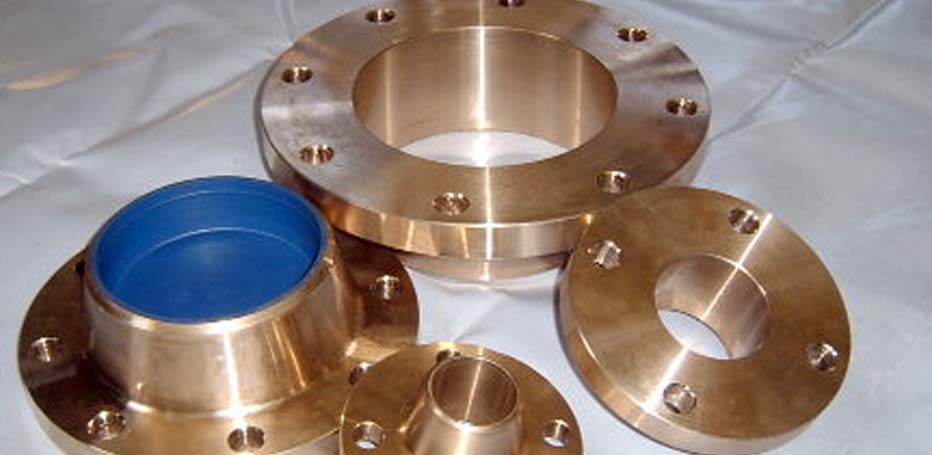Introduction: Cupro Nickel (Copper-Nickel) alloys are widely recognized for their exceptional resistance to corrosion, making them a preferred choice for various marine applications, particularly in seawater systems. Selecting the right Cupro Nickel flanges for seawater environments requires careful consideration of several factors to ensure optimal performance and longevity. In this guide, we explore the key considerations that should be taken into account when choosing Cupro Nickel flanges for seawater systems.
- Corrosion Resistance Properties:
- Understanding the corrosion resistance characteristics of Cupro Nickel alloys in seawater conditions.
- Importance of selecting Cupro Nickel flanges with high levels of corrosion resistance to withstand the harsh marine environment.
- Alloy Composition and Grade:
- Differentiating between various Cupro Nickel alloy compositions and grades (e.g., 90/10, 70/30) and their suitability for seawater applications.
- Considerations regarding the copper and nickel content, as well as the presence of additional alloying elements.
- Compatibility with Seawater:
- Assessing the compatibility of Cupro Nickel flanges with seawater chemistry, including salinity, pH levels, and presence of contaminants.
- Ensuring that the chosen flanges exhibit minimal susceptibility to corrosion, pitting, and fouling in seawater environments.
- Mechanical Properties:
- Evaluating the mechanical properties of Cupro Nickel flanges, such as tensile strength, yield strength, and elongation, to withstand seawater-induced stresses and pressures.
- Selecting flanges with appropriate mechanical properties to ensure structural integrity and reliability in marine applications.
- Weldability and Fabrication:
- Considering the weldability and fabrication characteristics of Cupro Nickel alloys to facilitate seamless integration into seawater systems.
- Assessing the compatibility of Cupro Nickel flanges with welding processes and techniques commonly used in marine construction.
- Temperature and Pressure Ratings:
- Determining the temperature and pressure ratings required for Cupro Nickel flanges based on the specific seawater system design parameters and operational conditions.
- Ensuring that the selected flanges meet or exceed the necessary temperature and pressure specifications to prevent failure under extreme conditions.
- Certification and Standards Compliance:
- Verifying that Cupro Nickel flanges conform to relevant industry standards and specifications, such as ASTM, ASME, and ISO standards.
- Seeking certification from recognized regulatory bodies to ensure compliance with quality and performance requirements for marine applications.
- Manufacturer Reputation and Experience:
- Assessing the reputation and experience of Cupro Nickel flange manufacturers in delivering high-quality, reliable products for seawater systems.
- Choosing reputable manufacturers with a track record of excellence and customer satisfaction in the marine industry.
Other

